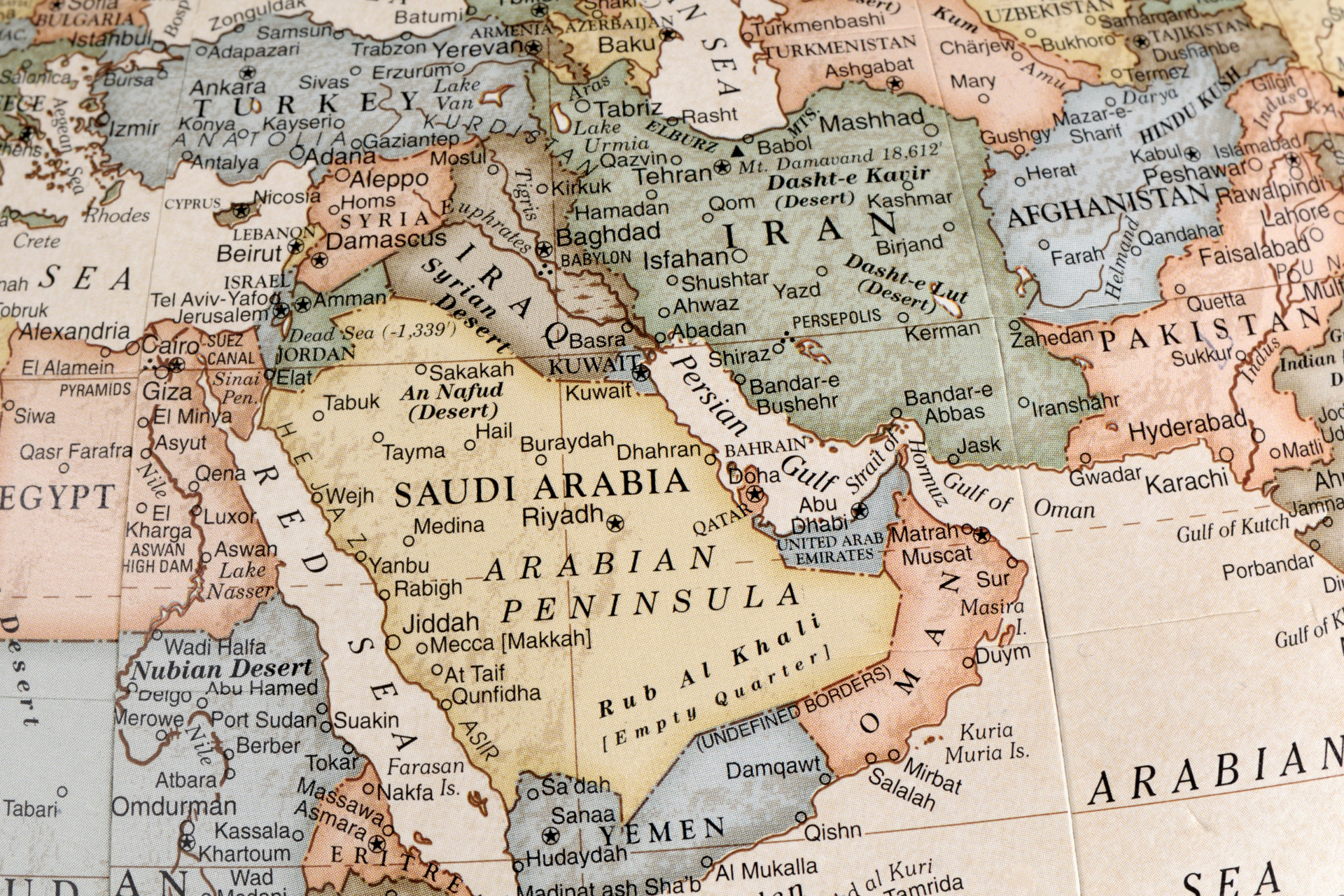General Articles
The Melancholic Beauty of Persian Music
Music from the Middle East, particularly traditional Persian music, is renowned for its deep, melancholic tones. This distinct sadness in its sound has intrigued many and continues to captivate listeners worldwide. Understanding the reasons behind this emotional depth involves exploring the region’s history, cultural practices, and the intrinsic characteristics of the music itself.
Historical Influences on Persian Music
The history of Persia, now known as Iran, is marked by a series of invasions, conquests, and cultural upheavals. From the ancient Persian Empire to the Islamic conquest, the Mongol invasions, and the subsequent dynasties, each era brought with it significant changes and challenges. These historical events have deeply influenced the art and music of the region, often reflecting the collective sorrow and resilience of its people.
The Fall of Empires: The decline and fall of great empires, such as the Achaemenid and Sassanian empires, left a profound impact on Persian society. These events are often reflected in the themes of loss and longing found in traditional Persian music.
Mongol Invasions: The brutal invasions by the Mongols in the 13th century brought widespread devastation. This period of destruction and subsequent rebuilding fostered a sense of melancholy and reflection in Persian art and music.
Islamic Influence: The introduction of Islam in the 7th century brought new cultural and spiritual elements into Persian music. The themes of divine love, mysticism, and human suffering became prominent, contributing to the introspective and often melancholic tone of the music.
Cultural and Social Contexts
Persian music is deeply intertwined with the cultural and social fabric of the region. It serves not only as entertainment but also as a medium for expressing complex emotions and societal issues.
Poetry and Music: Persian poetry, known for its profound and often sorrowful themes, has significantly influenced Persian music. Poets like Rumi, Hafez, and Khayyam wrote extensively about love, loss, and existential despair, themes that are echoed in the music.
Sufism: The mystical branch of Islam known as Sufism has played a crucial role in shaping Persian music. Sufi music, with its repetitive and hypnotic qualities, aims to evoke a state of spiritual ecstasy and often carries a melancholic undertone reflecting the soul’s longing for union with the divine.
Traditional Instruments: Instruments such as the tar, setar, santur, and kamancheh are known for their ability to produce a wide range of emotional expressions. The unique timbre of these instruments is often used to convey sadness and introspection.
Musical Structure and Elements
The technical aspects of Persian music also contribute to its melancholic sound. The structure, scales, and modes used in traditional compositions are designed to evoke specific emotional responses.
Dastgah System: Persian music is based on the dastgah system, a set of musical modes similar to scales in Western music. Each dastgah is associated with specific emotions and moods. For example, Dastgah Shur is often used to evoke feelings of sorrow and longing.
Microtones: Unlike Western music, which typically uses twelve-tone equal temperament, Persian music incorporates microtones—intervals smaller than a semitone. These subtle pitch variations add a layer of emotional complexity and are often used to create a sense of melancholy.
Improvisation: Persian musicians often engage in improvisation, allowing for personal expression and emotional depth. This practice enables performers to convey their own feelings of sadness or contemplation, adding to the overall melancholic tone.
The Role of Traditional Persian Music Today
Despite modern influences and the globalization of music, traditional Persian music continues to thrive and evolve. Contemporary musicians blend ancient techniques with modern sounds, preserving the melancholic essence while appealing to new audiences.
Fusion and Innovation: Many modern Persian musicians are experimenting with fusion genres, combining traditional elements with contemporary music styles. This innovation keeps the music relevant and accessible while maintaining its emotional depth.
Cultural Preservation: Efforts to preserve and promote traditional Persian music are evident in festivals, educational programs, and cultural exchanges. These initiatives ensure that the rich heritage and the melancholic beauty of Persian music are passed down to future generations.
Final Words
The sadness in traditional Persian music is a testament to the region’s rich and tumultuous history, cultural depth, and the profound emotional expression embedded in its musical traditions. From the influence of historical events to the intricate structure of the music itself, every aspect contributes to the melancholic tone that defines this genre.
For those interested in exploring the world of traditional Persian music and acquiring authentic traditional instruments and accessories, Rhythm Music Shop is the perfect destination. Serving Markham, Richmond Hill, North York, Scarborough, and the rest of the GTA.

